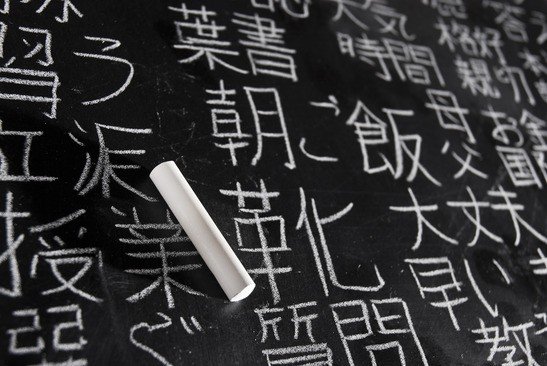The Japanese language is one of the most popular in the world, even though Japan is the only country in the world whose native language is Japanese. (nihongo - Japanese)What factors in the Japanese language make it so popular and unique?
In this article, we will see several factors and curiosities related to the Japanese language that show how different, interesting, and unique this language can be. Facts that can make learning easier or more difficult.
On the internet, about 10% speaks the Japanese language. The Japanese language has been evolving for over 1500 years. The Japanese speak more than 7.84 syllables per second, but the English itself speaks 6.19.
Índice de Conteúdo
Facts that make a Japanese language conversation unique
The Japanese are more concerned with the emotional way in which the conversation is carried out. They don't care so much about grammar rules during a conversation, so particles and certain words can be excluded from a conversation, but they are totally necessary in a text.
At the same time that the Japanese swallow words and particles, they have 3 forms of language being informal, formal, and keigo (super formal and respectful). They avoid any negative word or insult to avoid conflicts.
The Japanese have a collective nature, caring more about the group than the individual. This makes them rarely use personal pronouns, because it gives an individualistic idea. They also avoid using the first name of the person they are not intimate with.
Japanese people also like to use signs and non-verbal languages. Silence sometimes is the only sign of a response. For Japanese people, speaking too much can be chaotic.
Although there are no genders in Japanese words, women and men have different expressions and ways of communicating. Just as there are regional dialects, there are different dialects between men and women.
Facts that make the Japanese language unique
The Japanese language often uses ideograms that represent ideas and come together. For example, the word letter is a combination of hand and paper, because a letter is written by hand. Another example is the ideogram of like/love, it is the junction of the ideograms of woman and child, representing love for the child.
The Japanese language is one of the favorite options for polyglots, as when studying Japanese you automatically end up learning words in English, Portuguese, Chinese and many other languages that have helped to enrich the Japanese language.
Japanese has its own writing system called Hiragana and Katakana, in addition to using ideograms of Chinese origin that represent ideas and sounds.
Other interesting facts:
- There is no plural or gender in the Japanese language;
- Although there are no accents and variations in pronunciation, intonation is important in some words;
- There are no articles in Japanese;
- The Japanese language is full of homophones due to the few syllables;
- Verbs are usually placed at the end of a sentence. The language uses the SOV system (subject, object and verb);
- Although Japanese uses Chinese characters, the language is completely different from Chinese;
- The language uses 3 writing systems: Hiragana, Katakana and Kanji.
Did you like the article? Do you know another interesting fact about the Japanese language? Leave your comments and shares!








